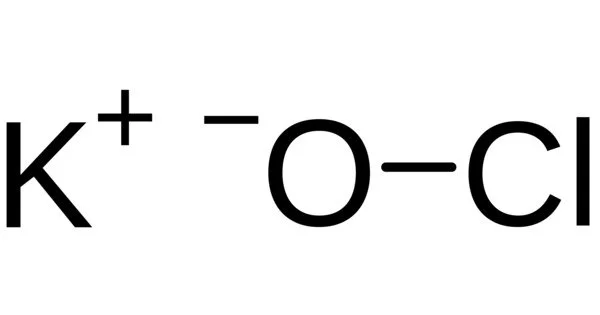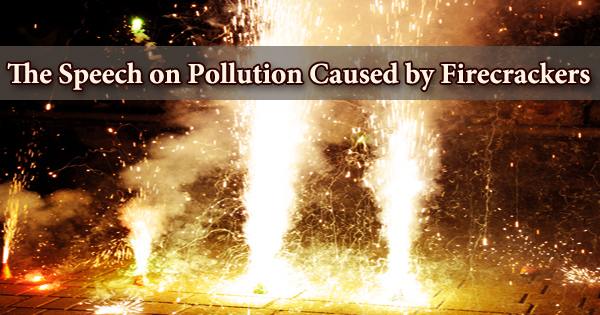Natural gas stoves emit methane, a potent greenhouse gas, and other pollutants due to leaks and incomplete combustion. Researchers estimate that methane seeping from stoves inside U.S. houses has the same climate impact as almost 500,000 gasoline-powered cars, and the stoves can expose people to respiratory disease-triggering contaminants.
Humans have been cooking with fire for millennia, but it may be time for a change. Natural gas appliances warm the globe in two ways: they emit carbon dioxide by burning natural gas as a fuel and they leak unburned methane into the atmosphere. According to a new Stanford-led study, methane leaking from natural gas-burning stoves inside U.S. houses has a climatic impact similar to the carbon dioxide emissions from almost 500,000 gasoline-powered cars.
This additional warmth from residential methane leaks generates around one-third as much warming as the carbon dioxide produced by the stove’s natural gas combustion, and it occasionally exposes users to respiratory disease-causing contaminants. The findings, published in Environmental Science & Technology, came as legislators in a number of U.S. localities and at least one state, New York, consider prohibiting natural gas hookups in new construction.
“Surprisingly, there are limited assessments of how much natural gas escapes into the air from within homes and buildings through leaks and incomplete combustion from appliances,” said study lead author Eric Lebel, a graduate student at Stanford’s School of Earth, Energy, and Environmental Sciences (Stanford Earth). “It’s certainly the element of natural gas emissions about which we know the least, and it can have a significant influence on both climate and indoor air quality.”
Surprisingly, there are limited assessments of how much natural gas escapes into the air from within homes and buildings through leaks and incomplete combustion from appliances. It’s certainly the element of natural gas emissions about which we know the least, and it can have a significant influence on both climate and indoor air quality.
Eric Lebel
An overlooked contributor to a growing problem
Although carbon dioxide is more plentiful in the atmosphere, methane has a global warming potential that is approximately 86 times that of carbon dioxide during a 20-year period and at least 25 times that of carbon dioxide a century after its release. Methane also endangers air quality by raising the quantity of tropospheric ozone, which is responsible for an estimated 1 million premature deaths worldwide due to respiratory ailments each year. Because of human-caused emissions, methane’s relative concentration has increased more than twice as quickly as carbon dioxide’s since the beginning of the Industrial Revolution.
While pipeline leaks of natural gas, which is more than 90% methane, have received a lot of attention, natural gas-burning cooking equipment has gotten a lot less.
More than one-third of U.S. households, or more than 40 million, cook on gas. Unlike other gas appliances, such as space and water heaters, which are typically located away from living quarters, cooking appliances directly expose people to their emissions, which can include formaldehyde, carbon monoxide, and nitric oxides, which can cause asthma, coughing, wheezing, and difficulty breathing, and can occasionally result in hospitalization. Despite the fact that hood use and ventilation assist lower nitrogen oxide and other co-produced pollutants in kitchen air, surveys show that home cooks use hoods for kitchen ventilation just 25-40% of the time.

Findings and implications
To better understand the potential climate and health impacts of cooking appliances, the researchers measured methane and nitrogen oxides released in 53 California homes not only during combustion, ignition, and extinguishment but also while the appliance was turned off, which most previous studies had not done. Their research included 18 different brands of gas cooktops and stoves that ranged in age from 3 to 30 years.
Cooktops that used a pilot light instead of a built-in electronic sparker had the highest emitters. On average, methane emissions from puffs of gas generated while igniting and extinguishing a burner were equivalent to the amount of unburned methane emitted during around 10 minutes of cooking with the burner. Surprisingly, the researchers discovered no indication of a link between a stove’s age or cost and its emissions. Most surprisingly, more than three-quarters of methane emissions occurred while stoves were turned off, implying that gas fittings and connections to the stove, as well as in-home gas lines, are responsible for the majority of emissions, regardless of how frequently the stove is used.
According to the study, natural gas stoves emit up to 1.3 percent of the gas they use as unburned methane. While the EPA does not publish emissions from specific domestic natural gas appliances, it does report methane emissions from residential appliances as a whole. The researchers assessed overall methane emissions from stoves to be significantly higher than the emissions currently reported by the EPA for all home sources.
Larger burners, for example, emitted higher levels of nitric oxides. Using their estimate of nitrogen oxide emissions, the researchers discovered that people who do not use their range hoods or have poor ventilation can exceed the EPA’s guidelines for 1-hour exposure to nitrogen dioxide outdoors (there are no indoor standards) within a few minutes of stove use, especially in smaller kitchens.
“I don’t want any extra nitrogen oxides, carbon monoxide, or formaldehyde in my lungs,” said study senior author Rob Jackson, the Michelle and Kevin Douglas Provostial Professor and professor of Earth system science. “Why not eliminate the risk entirely? The usage of electric stoves reduces greenhouse gas emissions and indoor air pollution.”
















